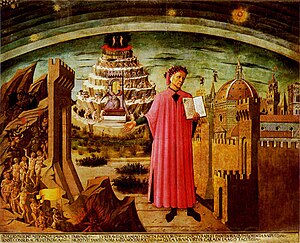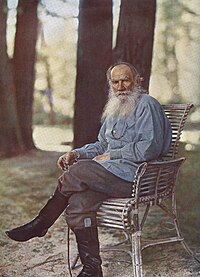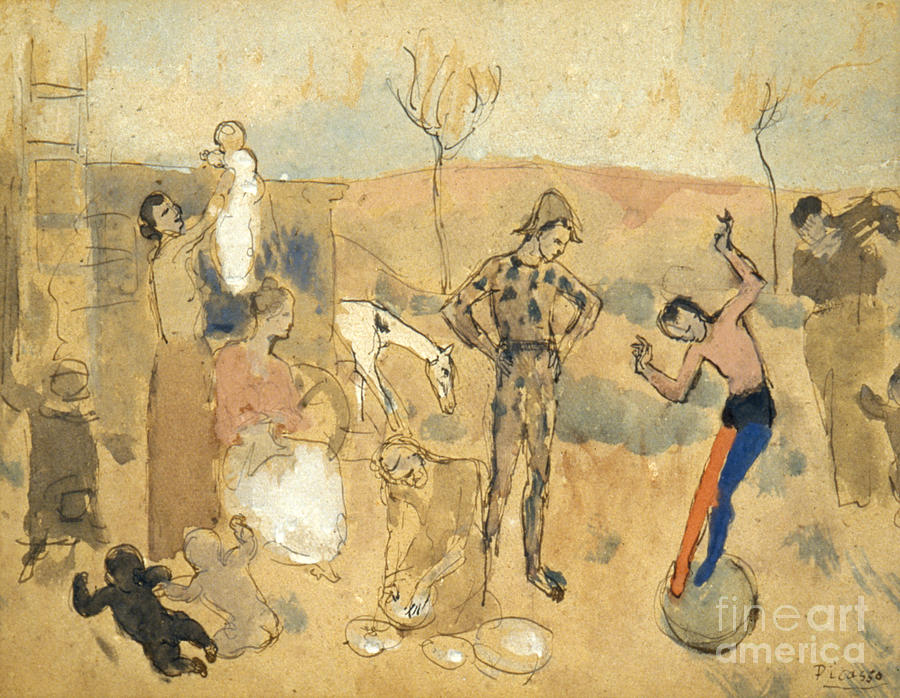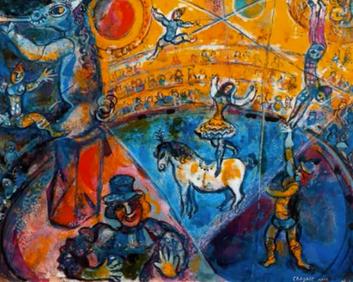The below quote from the movie summarizes so many of my views it is scary. In the doco he talks about how there comes a time when the world is ripe for a new idea. Like when the steam engine was invented several people came up with it within a few weeks. Perhaps this is one of those. Perhaps we read the same books. Perhaps we both struggle with acceptance of art forms that all too easily are dismissed as "mere entertainment." Read on Illuminated friends and fellow travelers of the Way the words below are spoken by a true Master Showman.
You have to be very careful with what you say because if you suddenly declare yourself a magician, without any knowledge of what that entitles, you might wake up and find that is exactly what you are.
There is some confusion as to what Magic actually is. I think this can be cleared up if we look at the very earliest descriptions of Magic. Magic, in its earliest form is often referred to as "The Art." I believe this is completely literal. I believe that Magick is art, and the art, whether that is writing, music, sculpture or any other form is literally Magic. Art is, like Magic, the science of manipulating symbols, words or images, to achieve changes in consciousness.
The very language of Magic seems to be talking as much about writing or art as of supernatural events. A Grimoir for example the book of spells is just a fancy way of saying grammar. Indeed to cast a spell is simply to spell, to manipulate words to change peoples consciousness. I believe this is why an artist or writer is the closest thing in the contemporary world to a shaman.
 I believe that all culture must have arisen from cult. Originally all the facets of our culture whether they be in the art or science were the province of the shaman. The fact that in present times this magical power have degenerated to the level of cheap entertainment and manipulation is a tragedy. At the moment the people who are using shamanism and Magic to shape our culture are advertisers. Rather than to trying to wise people up their shamanism is used as an opiate to tranquielize people. To make people more manipulable. Their magic box of tv and by words and by jingles they can make people all over the world to think the same banal words and thoughts all at exactly the same time.
I believe that all culture must have arisen from cult. Originally all the facets of our culture whether they be in the art or science were the province of the shaman. The fact that in present times this magical power have degenerated to the level of cheap entertainment and manipulation is a tragedy. At the moment the people who are using shamanism and Magic to shape our culture are advertisers. Rather than to trying to wise people up their shamanism is used as an opiate to tranquielize people. To make people more manipulable. Their magic box of tv and by words and by jingles they can make people all over the world to think the same banal words and thoughts all at exactly the same time.In all of magic there is an incredibly large linguistic component. The Bardic tradition of magick would place a Bard as being much higher and more fearsome than a magician. A magician might curse you and theat might make you hens lay funny, or you might have a child born with a clump foot. If a bard were to place, not a curse upon, but a satire upon you then that could destroy you. If it was a clever satire it might not just destroy you in the eyes of your associates, it would destroy you in the eyes of your family, it would destroy you in your own eyes. If it was a finely worded and clever satire, that might survive and be remembered for decades, even centuries, then years after you were dead people still might be reading it and laughing at you and your wretchedness and absurdity.
Writers and people who had command of words were respected and feared as people who manipulated Magic. In latter times I think the artist and writers have allowed themselves to be sold down the river, they have accepted the prevailing belief that art and writing are merely forms of entertainment, they are not seen as transformative forces that can change a human being, that can change a society. They are seen as simple entertainment. Things with which we can fill twenty minutes half an hour while we are waiting to die.
It is not the job of the artists to give the audience what they want. If the audience knew what they needed then they wouldn't be the audience, they would be the artists. It is the job Artists to give the audience what they need.
Alan Moore
In 1993, on his fortieth birthday, Moore openly declared his dedication to being a ceremonial magician, something he saw as "a logical end step to my career as a writer".[40] According to a 2001 interview, his inspiration for doing this came when he was writing From Hell in the early 1990s, a book containing much Freemasonic and occult symbolism: "One word balloon in From Hell completely hijacked my life… A character says something like, 'The one place gods inarguably exist is in the human mind'. After I wrote that, I realised I'd accidentally made a true statement, and now I'd have to rearrange my entire life around it. The only thing that seemed to really be appropriate was to become a magician."[58]
The Mindscape of Alan Moore (the movie link above) is a 2003 feature documentary which chronicles the life and work of Alan Moore, author of several acclaimed graphic novels, including From Hell, Watchmen and V for Vendetta.
The Mindscape of Alan Moore is Shadowsnake's first completed feature project, part One of the Shamanautical / 5 Elements series. It is the directorial debut of DeZ Vylenz. It is the only feature film production on which Alan Moore has collaborated, with permission to use his work.
Alan Moore presents the story of his development as an artist, starting with his childhood and working through to his comics career and impact on that medium, and his emerging interest in magic.











































